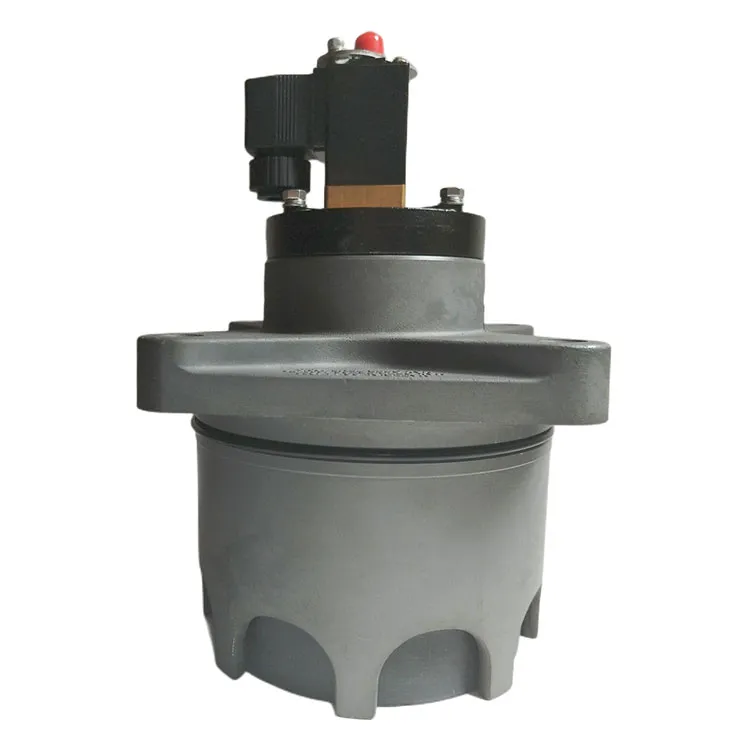Understanding the Working Principle of Pulse Valves
2024-11-01
Pulse valves are essential components in various pneumatic systems, particularly in dust collection and industrial automation. Their primary function is to control the release of compressed air, enabling efficient operation of processes such as dust removal and material handling. In this blog, we’ll explore the working principle of pulse valves, how they operate, and their applications.
What is a Pulse Valve?
A pulse valve is a type of solenoid-operated valve that releases a burst of compressed air in response to an electrical signal. This quick release of air creates a high-pressure pulse, which is crucial for dislodging dust and debris from filters in dust collection systems. Pulse valves are typically used in applications where precise control over airflow is necessary.
How Do Pulse Valves Work?
The working principle of a pulse valve can be broken down into several key components and steps:
1. Components of a Pulse Valve:
- Body: The main housing of the valve that contains all internal components.
- Diaphragm: A flexible membrane that opens and closes the valve.
- Solenoid: An electromagnetic coil that activates the valve when an electrical signal is applied.
- Pilot Port: A small opening that helps control the pressure inside the valve.
2. Activation:
- When the solenoid is energized, it creates a magnetic field that pulls the diaphragm upward, allowing air to flow through the valve. This action opens the main air passage.
3. Air Flow:
- As the diaphragm lifts, compressed air is directed through the valve and out of the nozzle. This rapid release generates a high-pressure pulse that can effectively clear dust and debris from filter bags or other surfaces.
4. Deactivation:
- Once the electrical signal is removed, the solenoid is de-energized, and the diaphragm returns to its original position. This closure stops the airflow, preventing any further air release.
5. Cycle Repetition:
- The process can be repeated as needed, allowing for multiple pulses of air to be generated in a controlled manner. This cycling capability makes pulse valves ideal for applications requiring frequent and precise bursts of air.

Applications of Pulse Valves
Pulse valves are widely used in various industries for several key applications:
- Dust Collection Systems: In industries like cement, mining, and pharmaceuticals, pulse valves play a critical role in maintaining clean environments by efficiently dislodging dust from filters.
- Pneumatic Conveying: Pulse valves can be used to control the flow of materials in pneumatic conveying systems, ensuring that products are transported efficiently without clogging.
- Material Handling: In bulk material handling processes, pulse valves help control airflow to prevent material buildup and ensure smooth operation.
- Spray Systems: Some pulse valves are integrated into spray systems for applications such as cooling or cleaning, where precise bursts of air or liquid are needed.
Advantages of Pulse Valves
- Efficiency: Pulse valves allow for rapid bursts of air, which improves the efficiency of dust cleaning processes and other applications.
- Precision: The ability to control the timing and duration of air release makes pulse valves ideal for applications requiring precise airflow management.
- Durability: Many pulse valves are designed to withstand harsh industrial environments, providing long-lasting performance.
Conclusion
Understanding the working principle of pulse valves is essential for optimizing their use in various applications. By controlling the release of compressed air, pulse valves play a vital role in maintaining efficient operations in dust collection systems, material handling, and pneumatic conveying. Their ability to provide rapid and precise bursts of air makes them invaluable in industries that prioritize cleanliness and operational efficiency. As technology continues to advance, pulse valves will likely evolve further, enhancing their functionality and broadening their applications.


